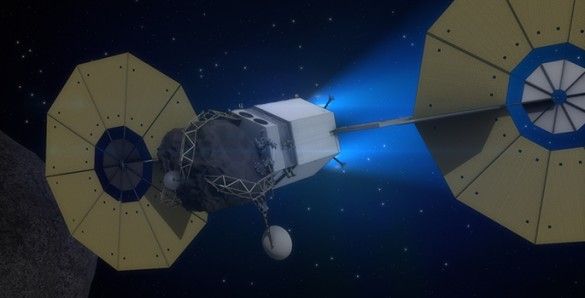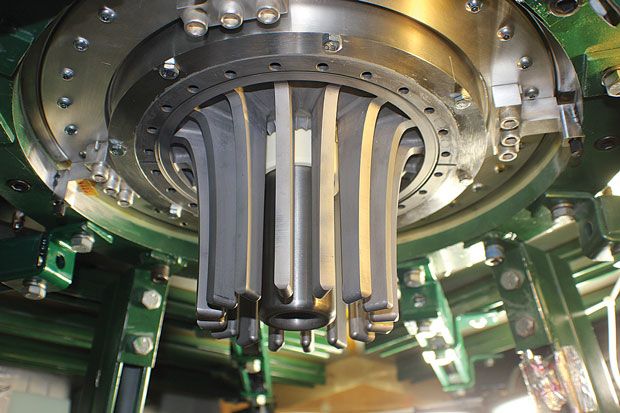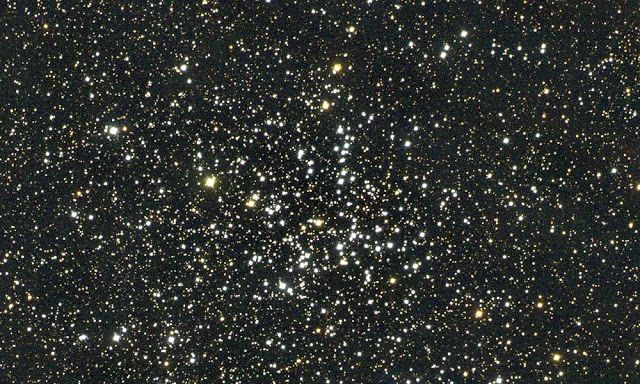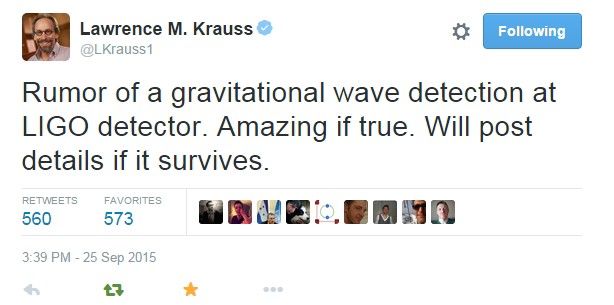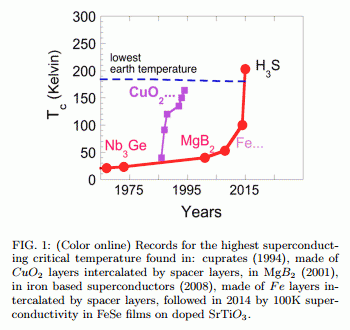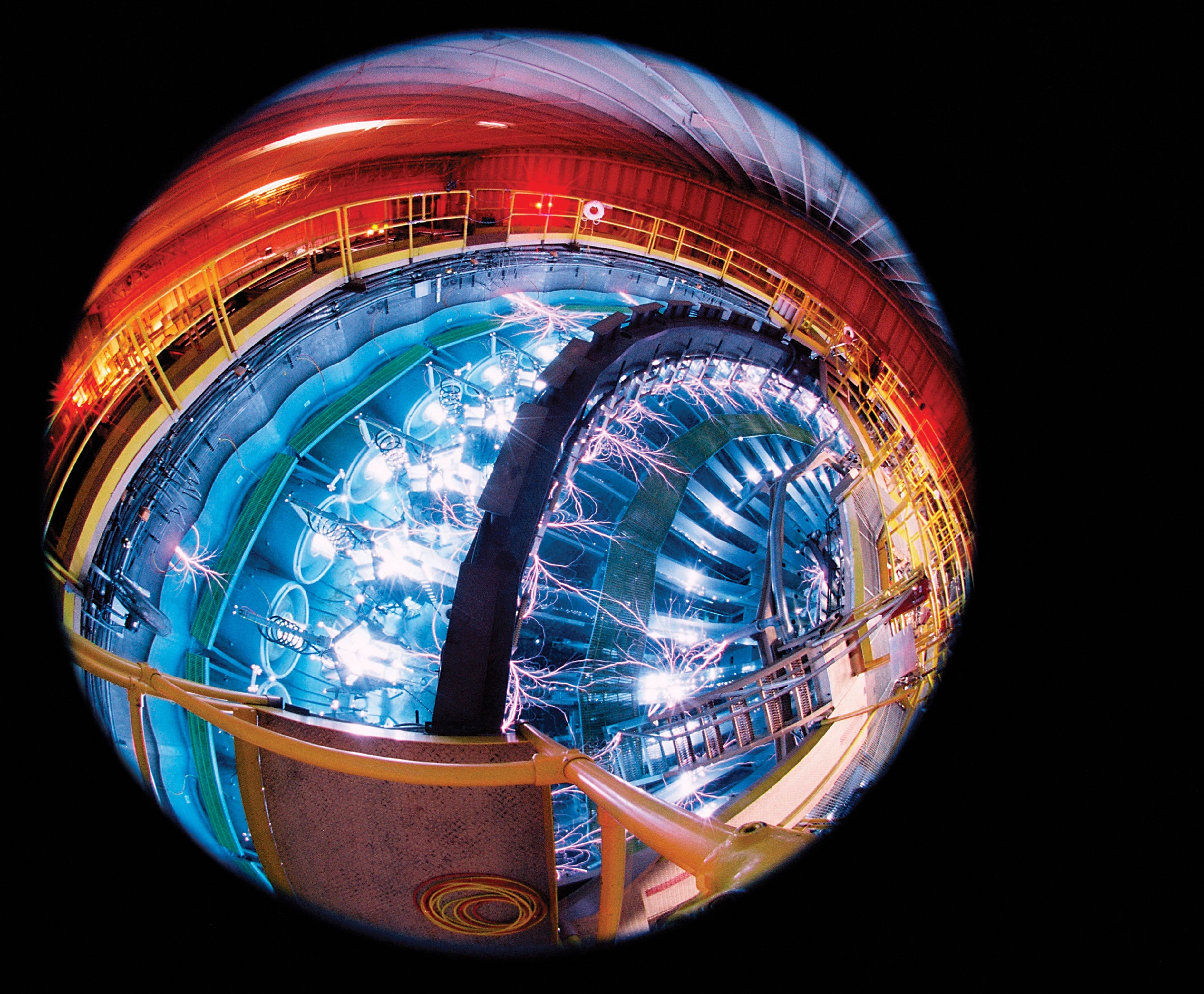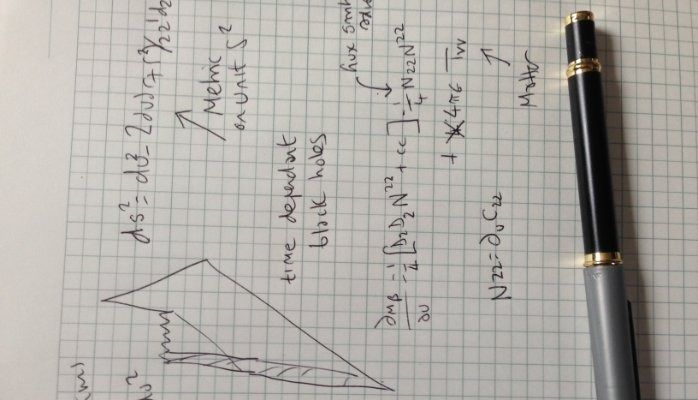Nov 20, 2015
New detector perfect for asteroid mining
Posted by Klaus Baldauf in categories: physics, space
“The opportunity to be involved in such a project as a graduate student is an amazing opportunity,” said Anna Egner, who is leading the team’s effort to build a mock-up of the spectroscope for an actual payload package. “Having always been enchanted and intrigued by physics and astronomy, working on an instrument that might one day fly into space is awesomely exciting.”
The first commercial missions to nearby asteroids could launch as early as 2020, but it will be decades before asteroid mining begins in earnest. In the meantime, the new spectroscopic technology promises to provide planetary scientists with new details about the chemical composition of the asteroids, comets, moons and minor planets in the solar system: information that is certain to improve our understanding of how the solar system formed. In addition, it could become an important tool in the planetary defense arsenal because it can determine whether objects crossing Earth’s orbit are made from rock or ice.
Media Inquiries: David Salisbury, (615) 322-NEWS [email protected]
